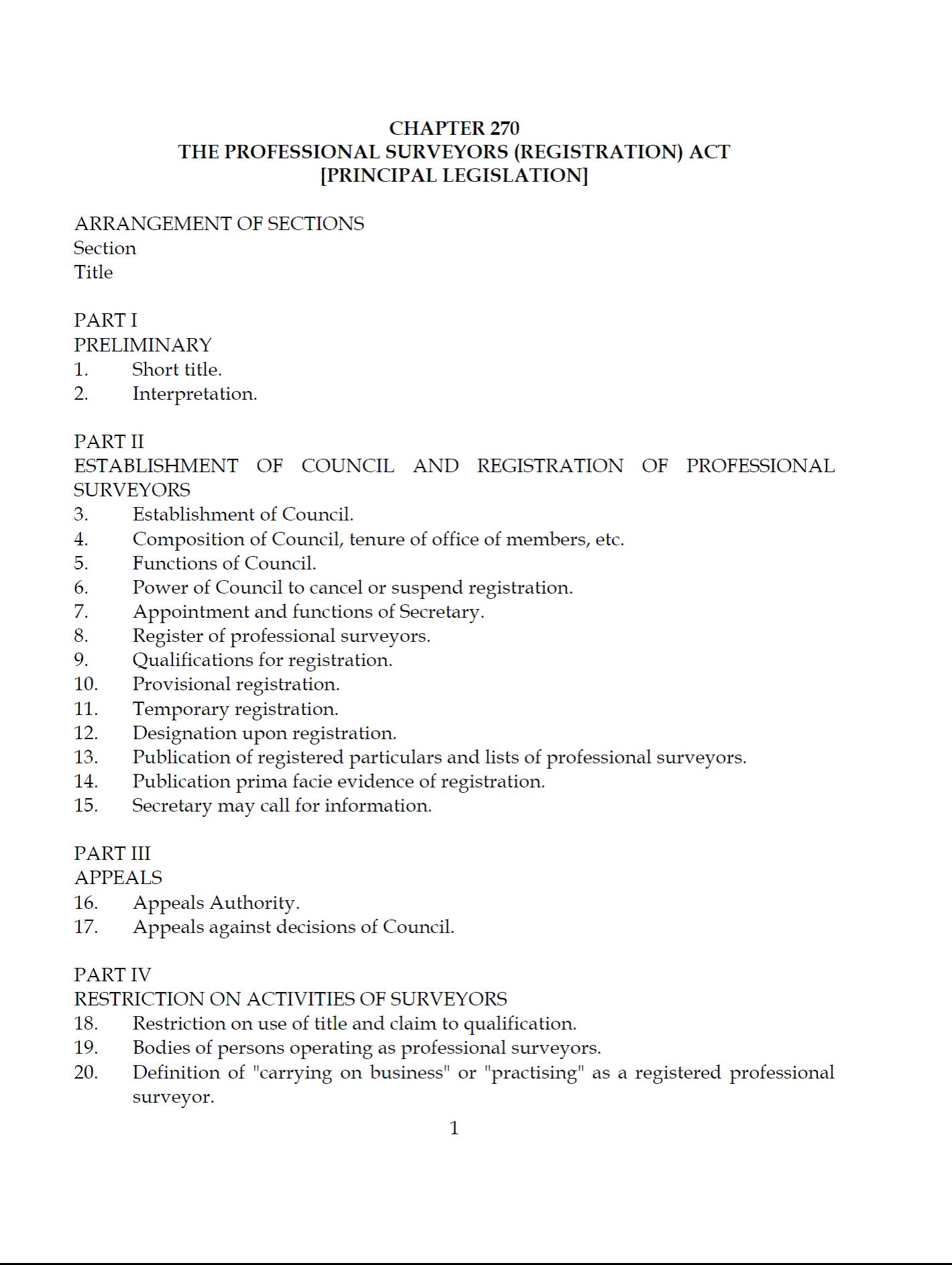Unit Title Properties Administration Handbook
This Handbook is a simplified tool for easy operationalization of the Unit Titles Act and the accompanying laws. The Handbook has been divided into six substantive chapters that summarises the required processes, documents and output. The first chapter provides for the essential terminologies in Unit Title Properties and their manner of application. This part has been supplemented by corresponding glossary of the end of chapter six.





